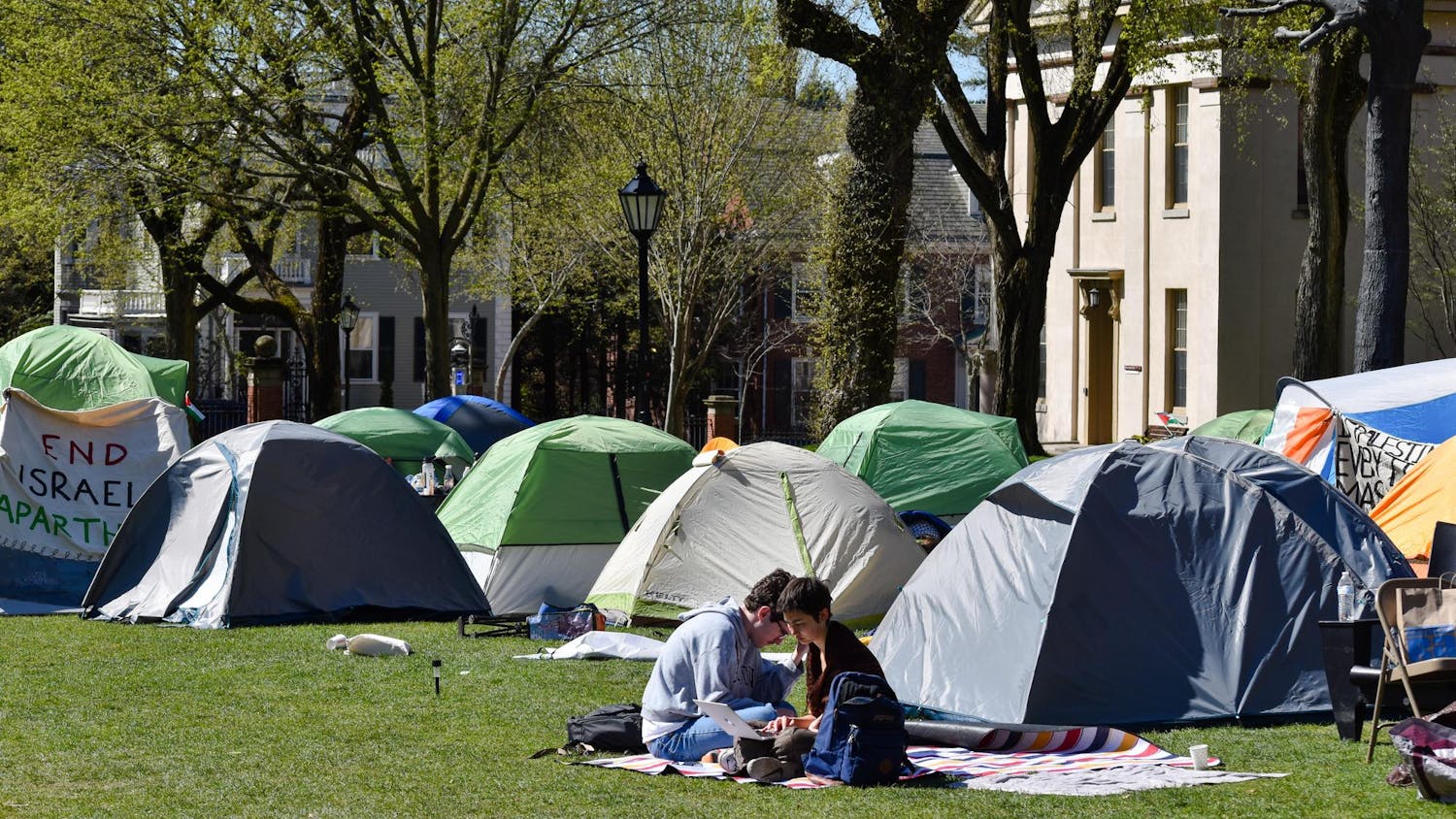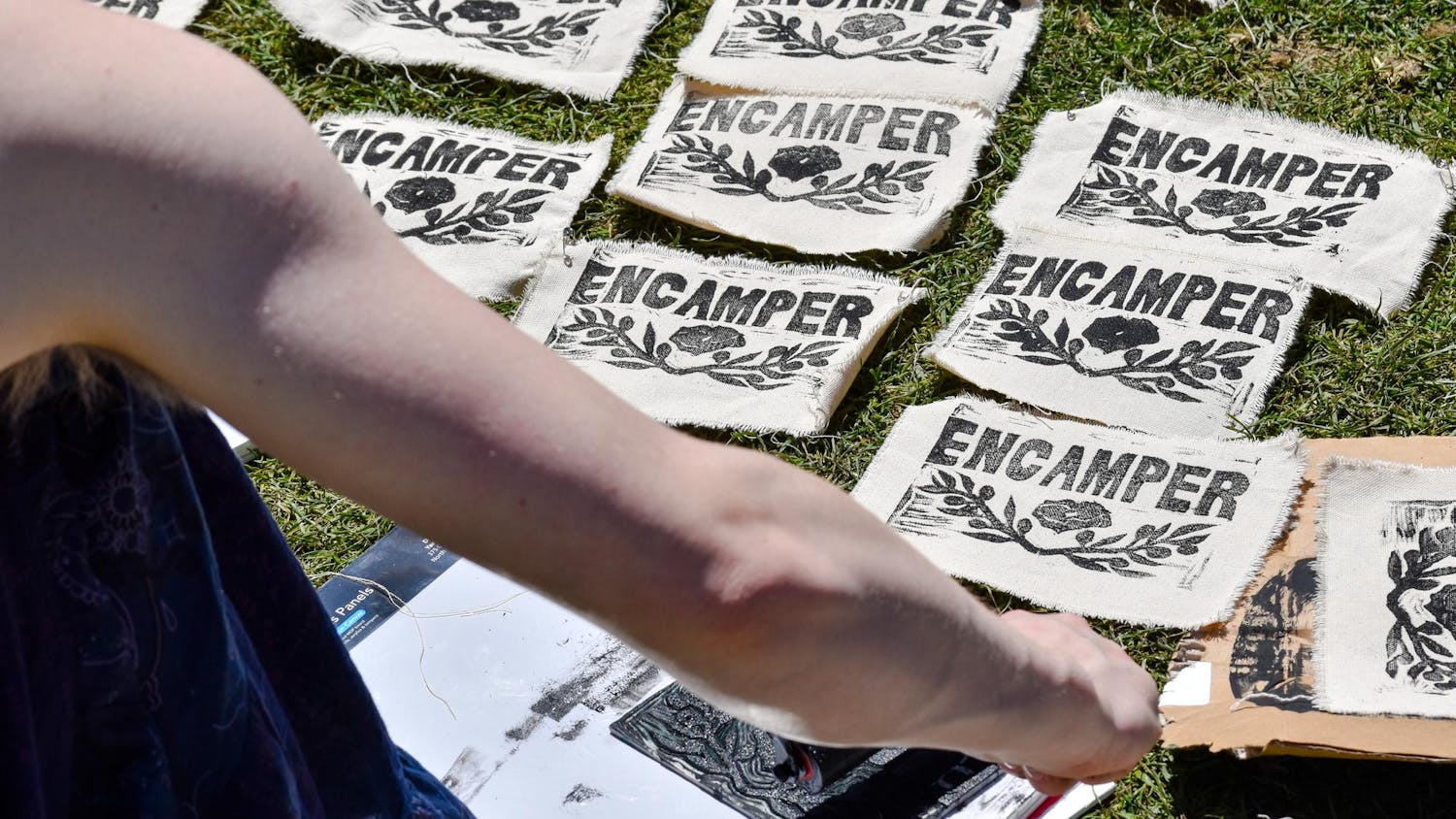A University sign has been added and the boards have been removed from the windows and doors, but the former house of the prominent African-American painter Edward Banister remains as vacant as it has been for the past several years.
93 Benevolent Street — nicknamed "The Vault" by students — where Bannister lived and worked during the peak of his success, sits in stark contrast to the rest of the residential buildings in the area, its facade covered in ivy and its iron gate slightly ajar.
In the back of the building, a single brick is engraved with a Masonic seal headed with the number 32, and views through the locked windows offer obscured glimpses of a once beautiful home now empty.
The University acquired the property in 1989 and used the building as a residential property until the mid-90s, when the dilapidation of the building made it unsafe for use as a residence, The Herald reported in 2007. At that time, various groups were in talks with the University to move the building downtown to be used as a museum.
The discussions eventually fell through, said Richard Spies, executive vice president for planning and senior adviser to the president. Spies added though that moving the building downtown and using it subsequently as a museum is "not impossible."
Spies said the University would donate the building to a group that is willing to pay to move it and renovate it for public use.
The land on which the historic home sits has been identified as an area of potential expansion for Brown. This "strategic value," Spies said, is what is preventing the University from selling the property.
Until officials decide whether the building will remain a piece of University property, there are no plans to make use of the building, though the home would most likely be used as a residential property, Spies said.
The building could also be sold to a member of the Brown community with the agreement that it must be sold back to the school if requested, Spies said.
The Providence Preservation Society listed the house as one of the top 10 most endangered properties in 2001.
Spies said that while the property's main value to the school is its strategic location, the "building itself has value in its historic context." Edward Bannister's skill was recognized even in his own time, no small feat for an African-American man working before the turn of the nineteenth century.
The building is "a reflection of (Bannister's) work and his influence in the community," Spies said.
"It's pretty sad when it does have to be boarded up," he added. "People were right to criticize us."




